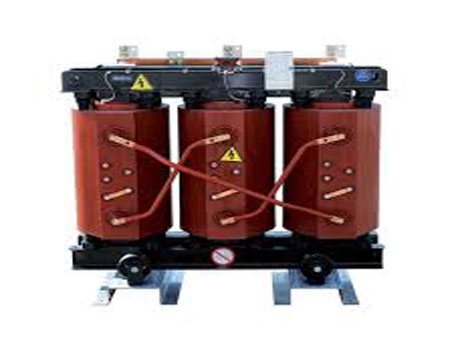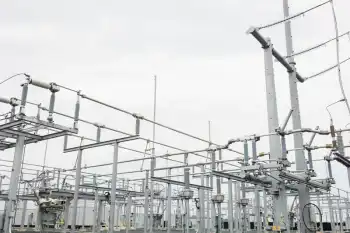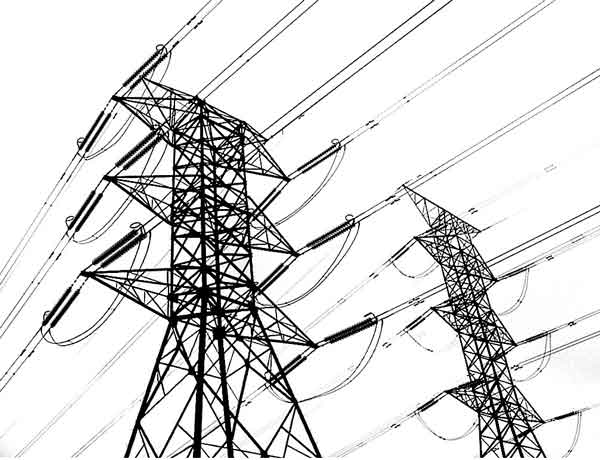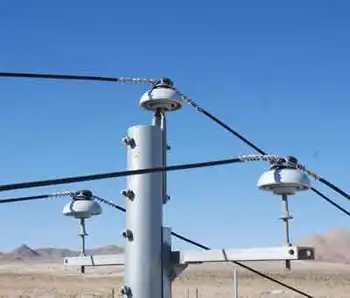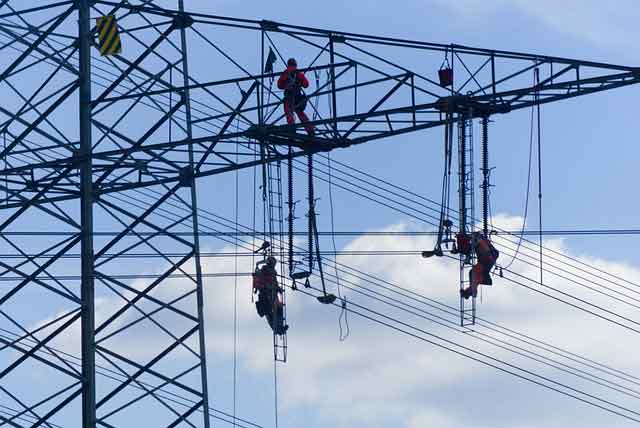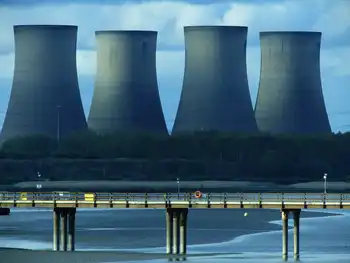Wood-fueled power makes gain in state
By Milwaukee Journal Sentinel
NFPA 70b Training - Electrical Maintenance
Our customized live online or in‑person group training can be delivered to your staff at your location.

- Live Online
- 12 hours Instructor-led
- Group Training Available
Xcel Energy Corp. has won state approval for a project that would replace a coal-fired boiler in Ashland on Lake Superior with a biomass gasifier power plant.
Meanwhile, Milwaukee-based We Energies is planning to build two biomass-fueled power plants by 2013, at a cost of $500 million.
Biomass power plants rely on wood chips, sawdust and other waste wood left on the forest floor after areas are logged for timber.
Xcel's project, slated to cost $58.1 million, consists of converting one of three boilers at its Bay Front power plant in Ashland to burn waste wood. The project received the go-ahead from the state Public Service Commission.
"The Bay Front project demonstrates our continuing commitment to the environment and a clean energy future," said Mike Swenson, president and chief executive of Northern States Power-Wisconsin of Eau Claire, an Xcel utility, in a statement. "We're helping our customers and communities practice sustainability while increasing local economic development."
Bay Front would be the largest power plant burning wood in the Midwest. Detailed engineering work and construction are expected to begin in 2010, with the plant scheduled to be open by late 2012, said David Donovan, Xcel manager of regulatory policy.
As part of the project, Xcel will work with local farmers in northern Wisconsin to establish "energy plantations" that would grow fast-growing poplar trees and possibly black willow trees that could be burned in the plant. The plantations will begin with four test sites, two of them 10 acres each and two smaller ones.
The Ashland plant already burns wood in two of its three boilers, but this project would enable the entire power plant to be run on renewable energy, Xcel said.
The Bay Front power plant would continue to generate about 60 megawatts of electricity, or enough to serve 50,000 to 60,000 typical homes.
"We are at a critical crossroads in energy policy," said Lauren Azar, a commission member. "Every decision we make today needs to be considered in the context of the fact that we will soon be engaging in a transformation of our energy infrastructure. I believe this biomass gasifier will be a component of Wisconsin's energy future."
Michael Vickerman, executive director of the renewable energy advocacy group Renew Wisconsin, praised the PSC's decision.
"This proposal is an excellent resource fit for this part of the state," he said. "The money spent to acquire wood fuel will remain in the local area, instead of being exported to western coal states."
The Xcel projects and We Energies projects would qualify for a federal renewable energy production tax credit that expires in 2013.
We Energies in September announced plans to build a $250 million biomass power plant at Domtar's paper mill in Rothschild, near Wausau, by 2013.
The project would generate 50 megawatts of power, or enough to supply 40,000 homes.
"We're fortunate enough to be close to forest lands that can be harvested in a sustainable manner," Gale Klappa, chairman and chief executive of Wisconsin Energy Corp., We Energies' parent company, said during a conference call last week. "These forests have large amounts of wood waste that we can purchase to fuel the plant."
In addition, Klappa said, the power plants are similar to coal and nuclear plants — though on a much smaller scale — because they can run around the clock. That's a contrast to other forms of renewable energy such as wind farms and solar projects.
The second We Energies biomass power plant would be a similar size and cost, meaning that the utility's net investment in the two plants, after the 30% tax credit, would be $350 million rather than $500 million, Klappa said. The location for the other plant has not been announced.
Clean Wisconsin and the Wisconsin Paper Council had raised objections to the Xcel project, raising concerns about the impact of the project on Wisconsin's North Woods and the paper industry.
Though the project has value from an environmental perspective, the Paper Council wanted the Public Service Commission to bar Xcel from using whole trees as fuel in its power plant.
"If the utility will restrain itself to using only logging debris and other waste wood, it should be a positive addition to the state's electric generators," said Earl Gustafson of the paper council. "But nothing that we heard in the hearing process alleviated our concerns."






